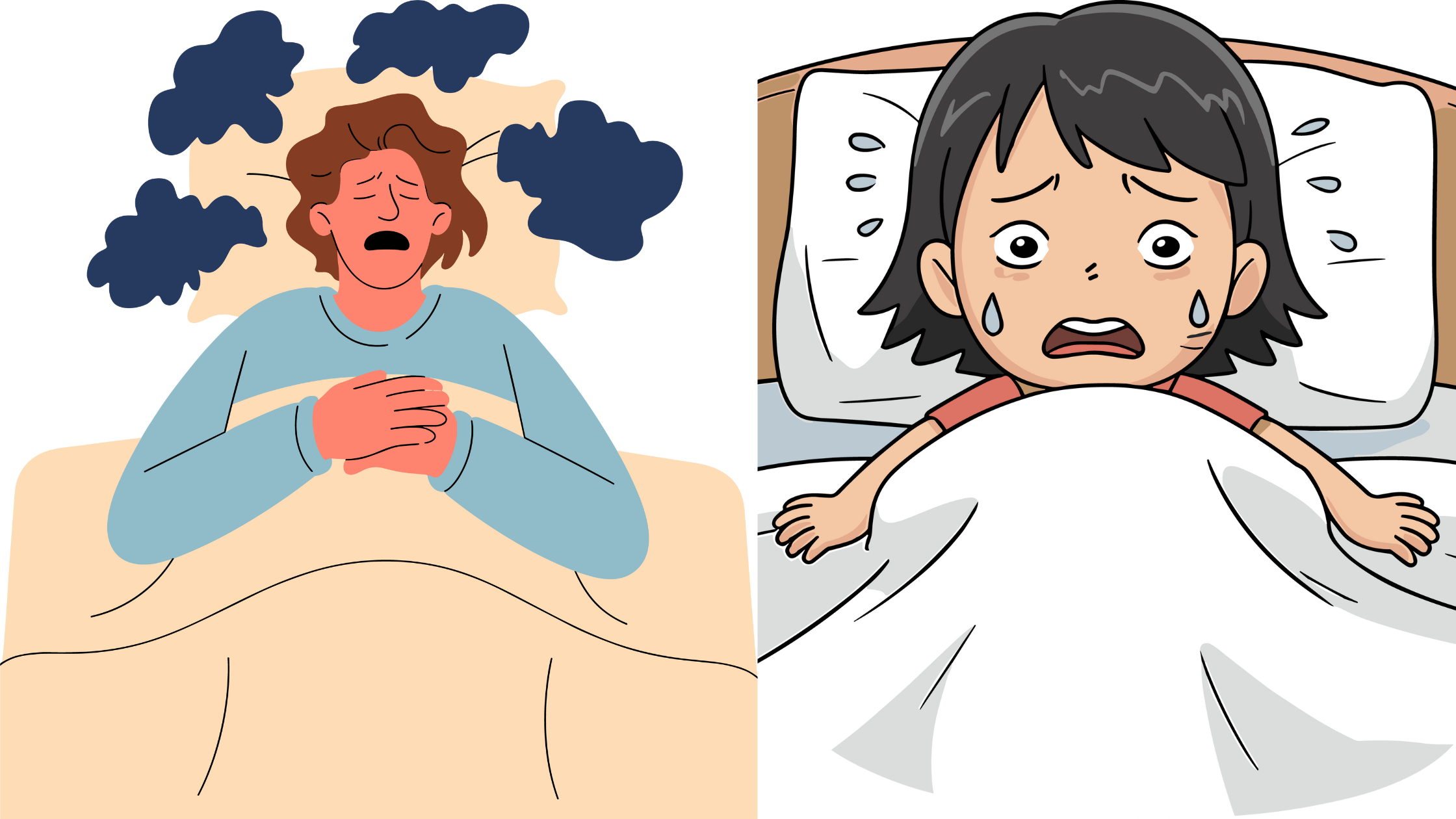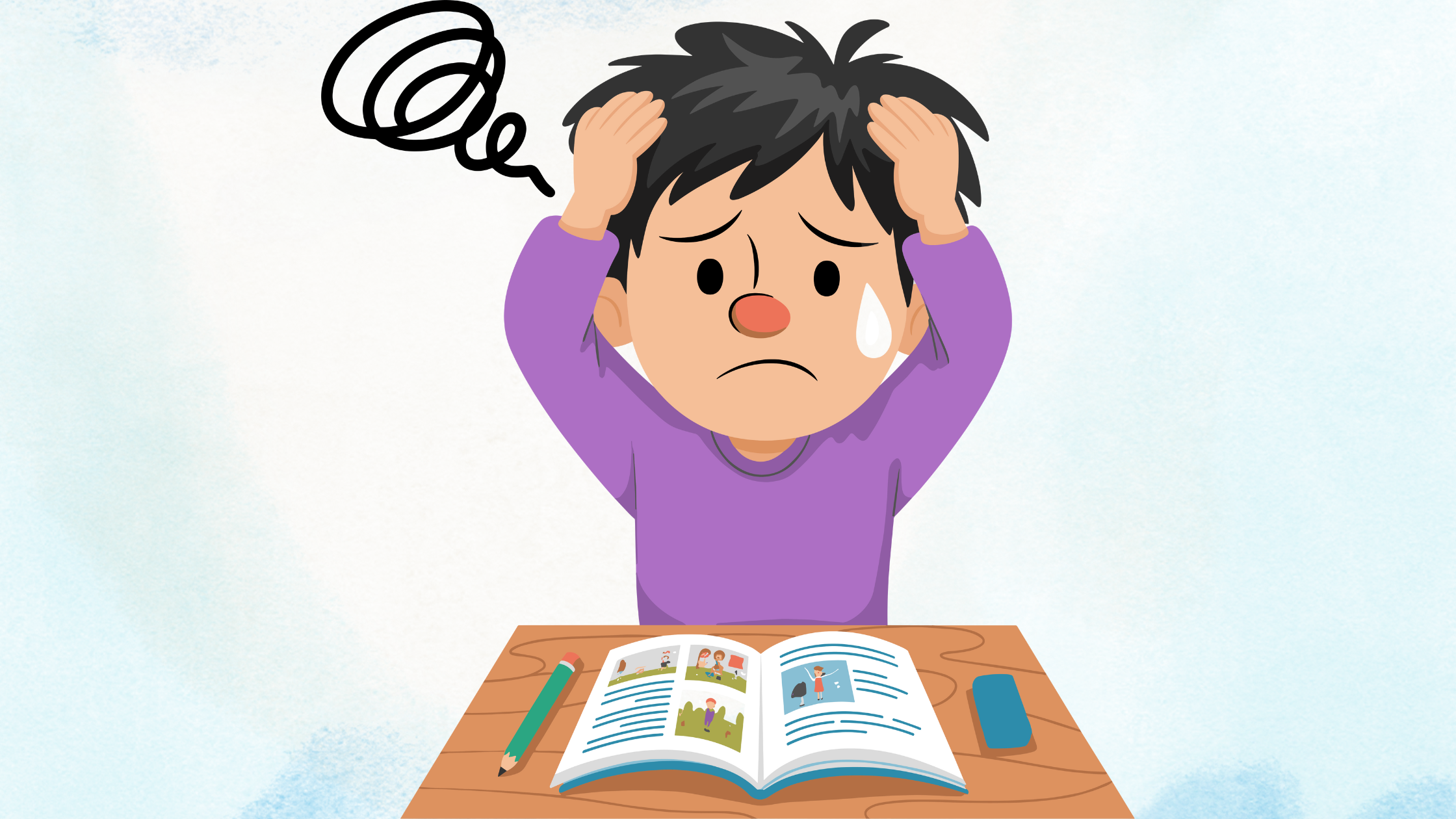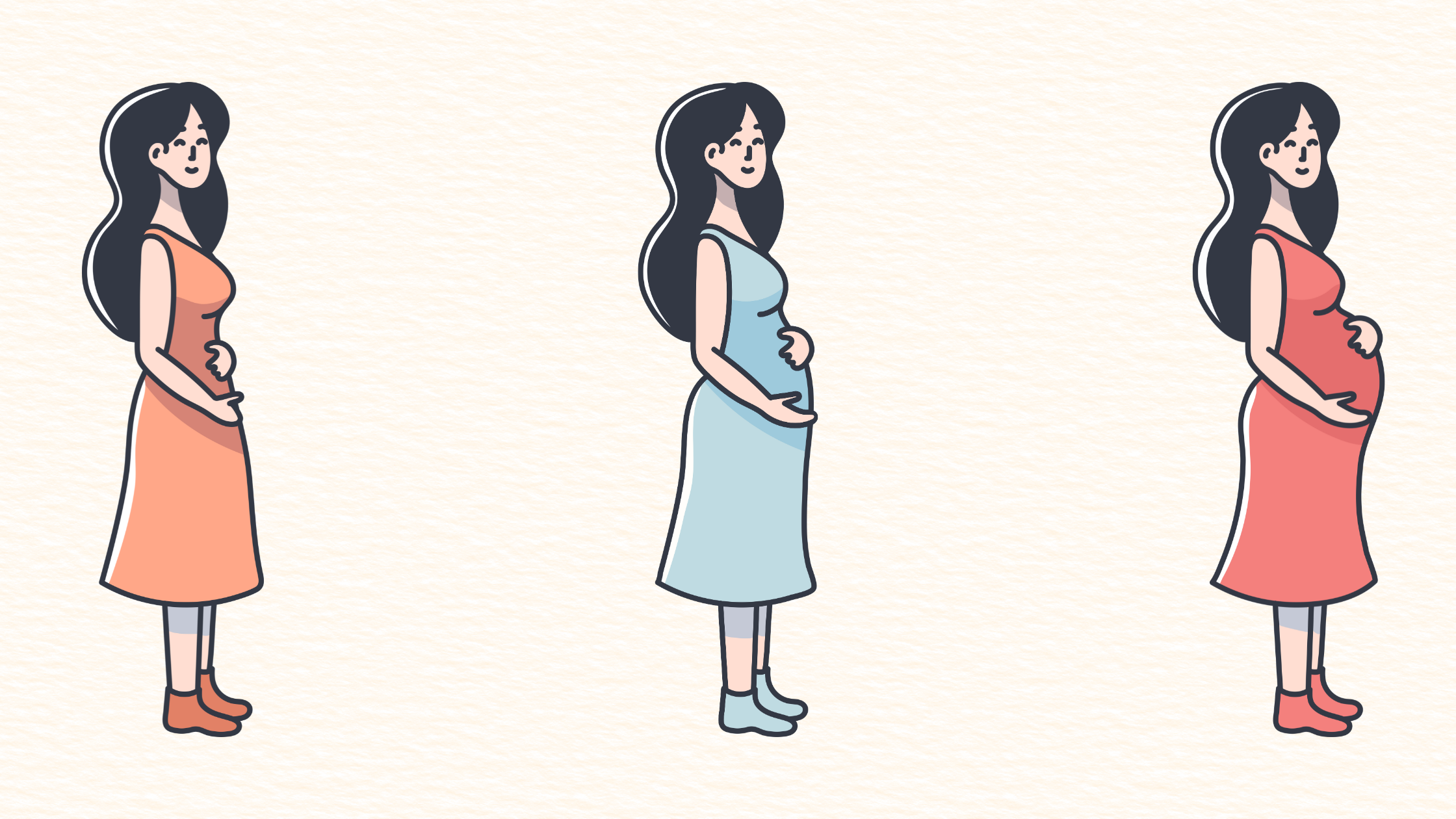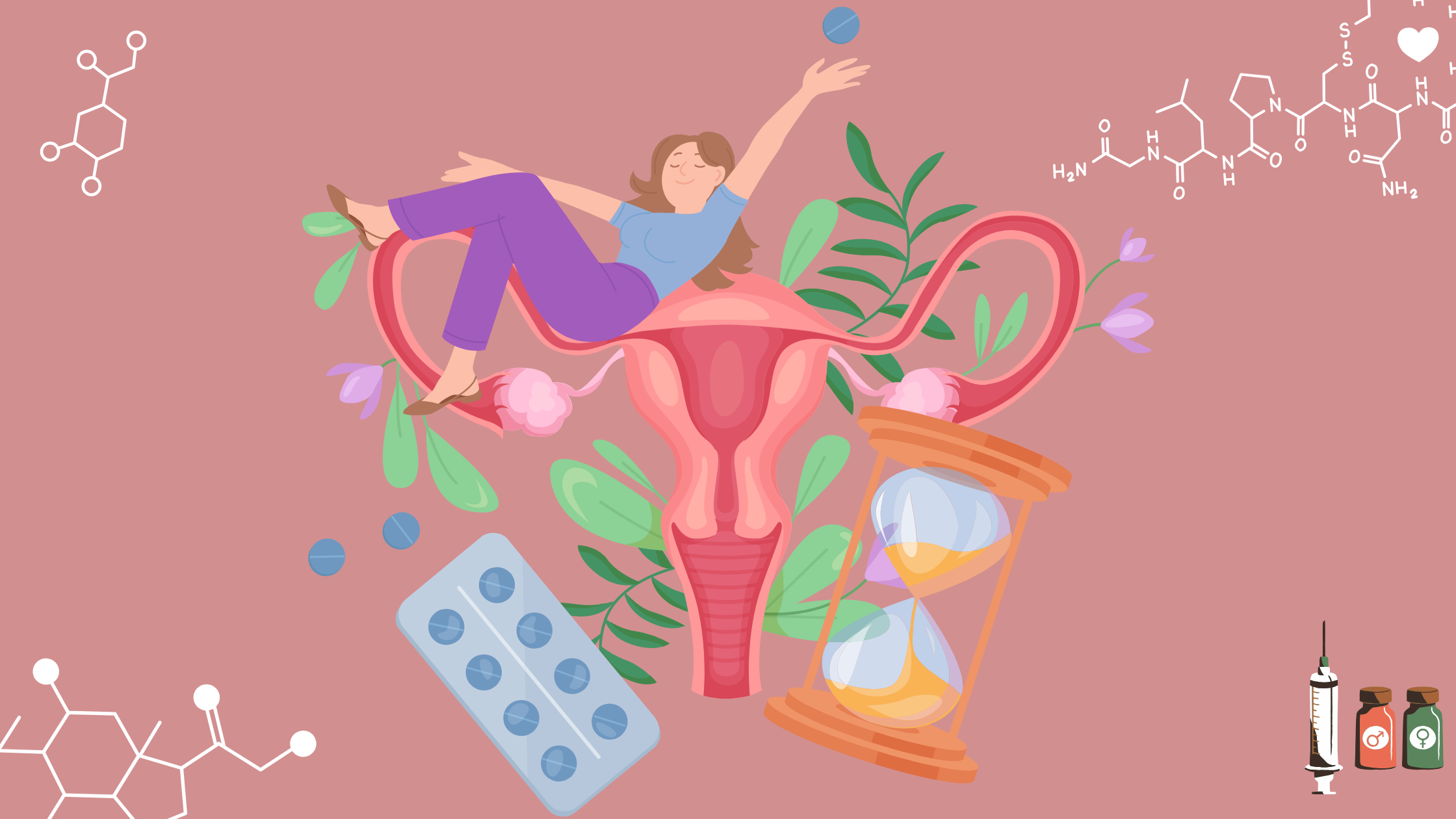Nightmares and night terrors can be unsettling, whether they happen in childhood or adulthood. While occasional disturbing dreams are normal, frequent or intense episodes may be linked to underlying factors. Understanding what contributes to these sleep disturbances can help reduce their prevalence and improve overall rest.
Darian Dozier
Recent Posts
Factors Increasing Nightmares and Night Terrors in Children and Adults
Sleep is vital for children’s growth, learning, and emotional well-being. But sometimes, kids struggle to get the rest they need—not because of poor bedtime routines, but because of what’s happening inside their bodies. One key player is cortisol, the body’s main stress hormone.
Sleep isn’t just about rest—it’s one of the most important foundations for a child’s growth, learning, and emotional health. While adults often push through fatigue, children’s developing brains and bodies depend heavily on consistent, high-quality sleep. Let’s take a closer look at why sleep is so essential for kids and how it impacts nearly every aspect of their lives.
Energy and Sleep Changes Throughout the Three Trimesters of Pregnancy
Pregnancy is a time of incredible change—physically, emotionally, and hormonally. One of the most common experiences people notice is how their energy levels and sleep patterns shift across trimesters. From the overwhelming fatigue of early pregnancy to the restless nights of the third trimester, understanding what’s happening can make the journey a little easier.
GABA Receptors and Sleep: The Brain’s Natural “Off Switch”
Sleep is one of the most essential processes for human health, yet many of us struggle to get enough of it. Behind the scenes, the brain relies on a delicate balance of neurotransmitters—chemical messengers that regulate mood, alertness, and rest. One of the most important players in this process is GABA (gamma-aminobutyric acid), a neurotransmitter that serves as the brain’s primary calming signal.
At the heart of GABA’s effect on sleep are GABA receptors, tiny protein structures on nerve cells that respond to GABA and quiet down brain activity. Understanding how these receptors work can shed light on why we sleep, why some of us can’t, and how certain medications and lifestyle factors influence rest.
Sleep is essential for children’s growth, learning, and emotional regulation. Yet for many families, bedtime struggles are common—and sometimes the culprit isn’t sugar or overstimulation from play, but exposure to violent content. From TV shows and movies to video games and even online clips, children are often consuming media that may be far more intense than their developing brains can handle. The effects don’t end when the screen turns off.
When it comes to performance, training and nutrition usually get the spotlight. But there’s another powerful performance enhancer that’s often overlooked: sleep. For athletes and active individuals, quality rest isn’t just about recovery—it’s a cornerstone of endurance, strength, mental focus, and injury prevention.
Here are some practical, science-backed sleep tips designed with active bodies and busy training schedules in mind.
How Estrogen and Progesterone Fluctuations Change Sleep
Hormones do far more than regulate reproduction—they also have a profound effect on sleep. Two of the most influential hormones in this relationship are estrogen and progesterone, both of which fluctuate naturally throughout the menstrual cycle, pregnancy, and menopause. These changes can directly alter how easily you fall asleep, how long you stay asleep, and how rested you feel in the morning.
Night Doulas: A Secret to Better Sleep for Parents
Welcoming a newborn into the family is joyful and exciting—but it also brings sleepless nights. Many new parents find themselves running on empty, struggling to balance the demands of caring for a baby with their own need for rest. That’s where night doulas come in. Also known as overnight postpartum doulas or night nannies, these trained professionals provide support through the night so parents can get the sleep they desperately need.
How Weight Fluctuations Impact the Risk of Obstructive Sleep Apnea
Obstructive sleep apnea (OSA) is one of the most common sleep disorders, affecting millions of adults worldwide. Characterized by repeated pauses in breathing during sleep, OSA can lead to daytime fatigue, mood changes, cardiovascular disease, and metabolic complications if left untreated. While weight is often discussed as a key risk factor for OSA, what many people don’t realize is that fluctuations in weight—not just overall obesity—can also affect the risk and severity of this condition.










